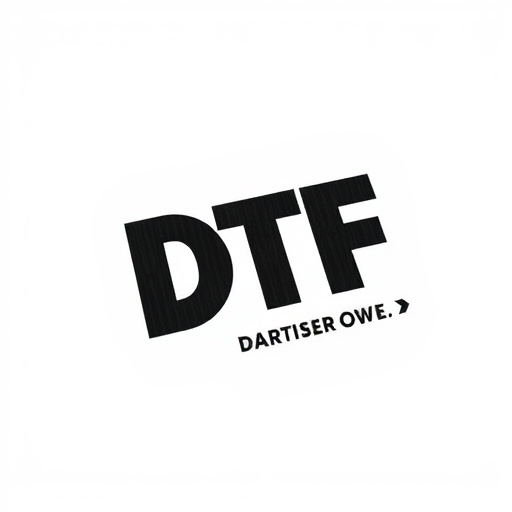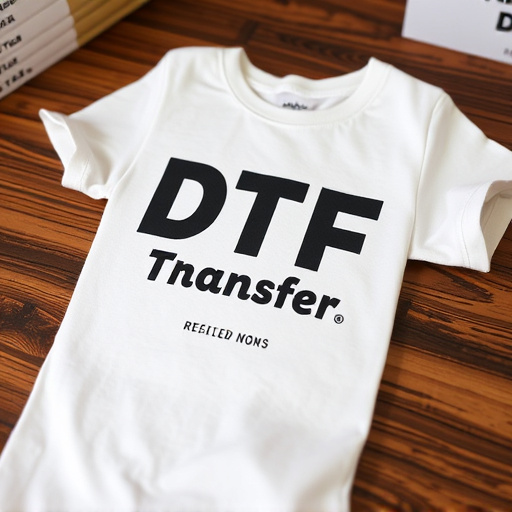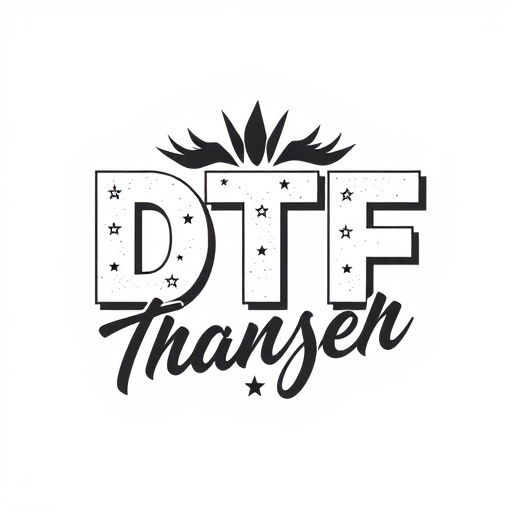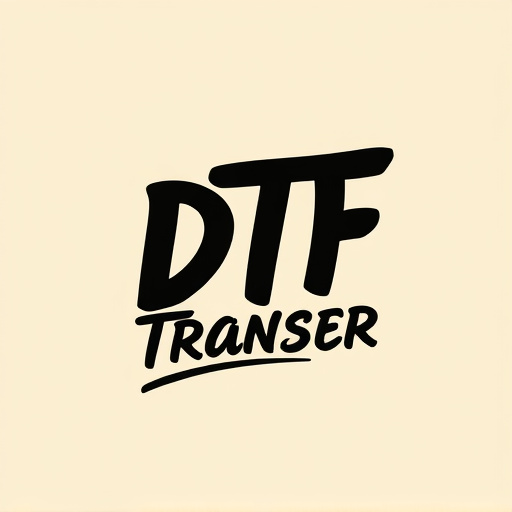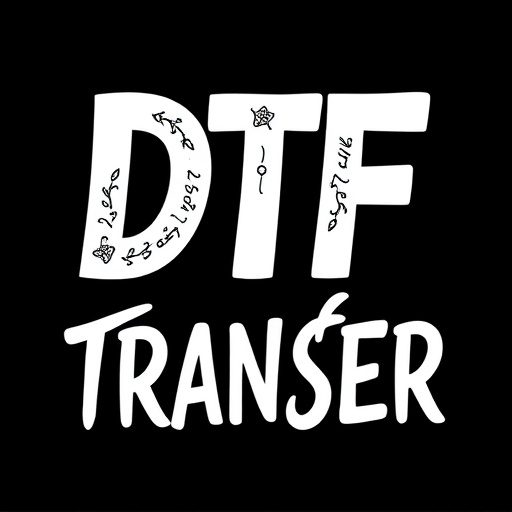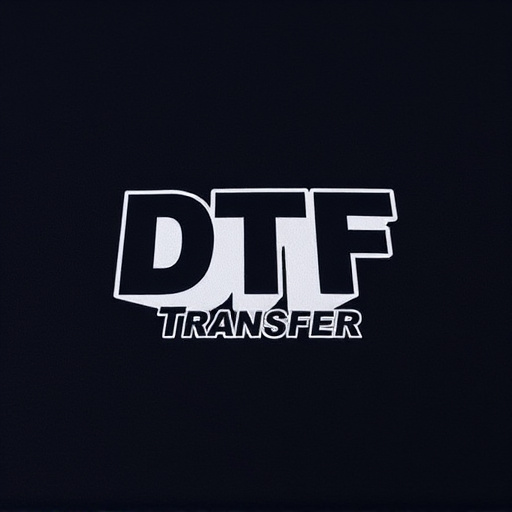Direct-to-film (DTF) printing is a revolutionary method transforming apparel production by eliminating traditional techniques. It offers intricate designs with vibrant colors on various fabrics, faster turnaround times, and lower costs, ideal for small businesses and individuals seeking unique clothing. DTF supports complex images, durable prints, and diverse garment types, fostering creativity in design. Choosing between heat press or screen printing depends on fabric and design needs, ensuring exceptional quality and brand identity. Proper preparation, suitable inks, and maintenance are crucial for high-quality DTF results, offering a game-changing approach to apparel production with personalized, on-demand products.
Direct-to-film (DTF) transfer printing is revolutionizing custom clothing design, offering a versatile and efficient approach to creating unique garments. This article provides a comprehensive overview of DTF technology, its advantages for personalized fashion, and its diverse applications across various garment types. From understanding the DTF process to choosing the right printing techniques and ensuring quality, we explore best practices for integrating this cutting-edge method into apparel production workflows, enhancing design possibilities and brand differentiation.
- Understanding Direct-to-Film (DTF) Transfer: A Comprehensive Overview
- Advantages of DTF for Custom Clothing Design
- Applications: DTF Prints on Different Garment Types
- Choosing the Right DTF Printing Techniques for Your Brand
- Quality Considerations and Best Practices for DTF Transfers
- Integrating DTF into Your Apparel Production Workflow
Understanding Direct-to-Film (DTF) Transfer: A Comprehensive Overview
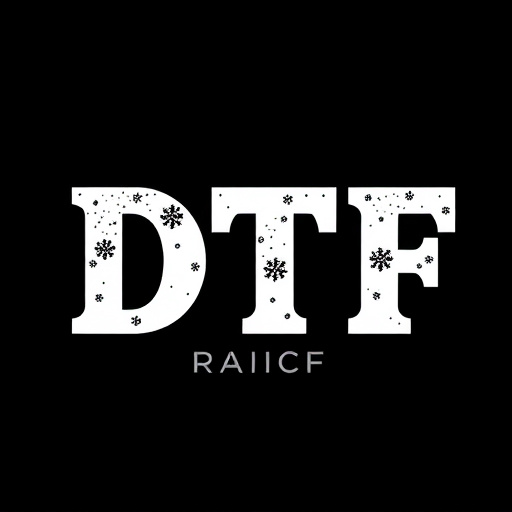
Direct-to-film (DTF) transfer is a cutting-edge printing technique that has revolutionized the way clothing designs are brought to life. This innovative process eliminates the need for traditional screen printing or heat press methods, offering a more efficient and versatile approach to custom apparel. DTF involves transferring detailed prints directly onto fabric using specialized inks and a high-resolution digital printer. The result is crisp, vibrant DTF prints that can adorn various clothing items, from t-shirts and hoodies to accessories like bags and caps.
DTF transfer provides several advantages over conventional methods. It allows for complex designs with fine lines and rich colors, ensuring every detail is reproduced accurately. This technology also accommodates a wide range of fabric types, making it suitable for both cotton and polyamide materials. Moreover, DTF printing offers faster turnaround times and lower minimum order quantities, making it an attractive option for small businesses, startups, and individuals seeking unique, personalized clothing designs without breaking the bank.
Advantages of DTF for Custom Clothing Design
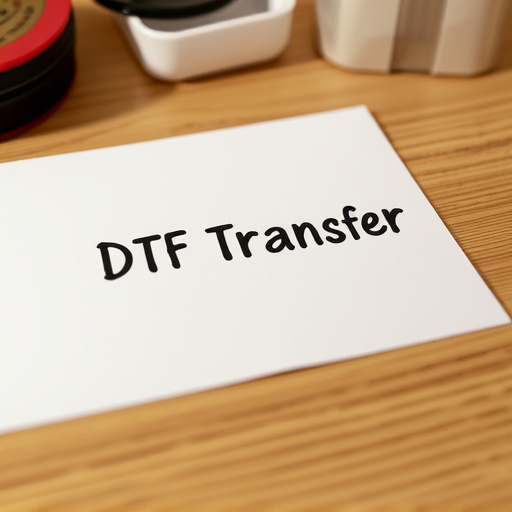
Direct-to-film (DTF) printing offers a myriad of advantages for custom clothing design. One of its key strengths is the ability to produce high-quality, vibrant prints directly on various fabric materials, eliminating the need for intermediate steps. This streamlined process significantly reduces production time and costs, making it an attractive option for businesses aiming to create unique, personalized garments quickly.
Additionally, DTF technology provides exceptional flexibility in design choices. It accommodates complex images, intricate patterns, and a wide range of color options, allowing designers to bring their most creative concepts to life. Furthermore, DTF transfers are known for their durability, ensuring that prints remain vibrant and resistant to fading even after multiple washes, making them ideal for clothing items intended for everyday wear or specialized activities.
Applications: DTF Prints on Different Garment Types
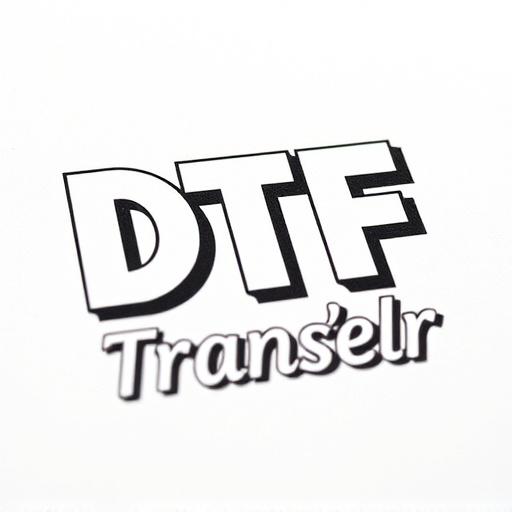
Direct-to-film (DTF) printing offers a versatile array of applications when it comes to adorning various garment types. This innovative technique allows for intricate and vibrant designs to be applied directly onto fabrics, making it suitable for an extensive range of clothing items. From t-shirts and hoodies to hats, mugs, and even accessories like phone cases, DTF transfer technology provides endless creative possibilities.
The beauty of DTF printing lies in its ability to produce high-quality, long-lasting prints on diverse materials. Whether it’s cotton, polyester, or mixed fabrics, DTF transfers can be tailored to suit different garment styles. This versatility ensures that brands and designers can seamlessly incorporate unique, personalized designs into their collections, catering to the ever-evolving fashion landscape.
Choosing the Right DTF Printing Techniques for Your Brand
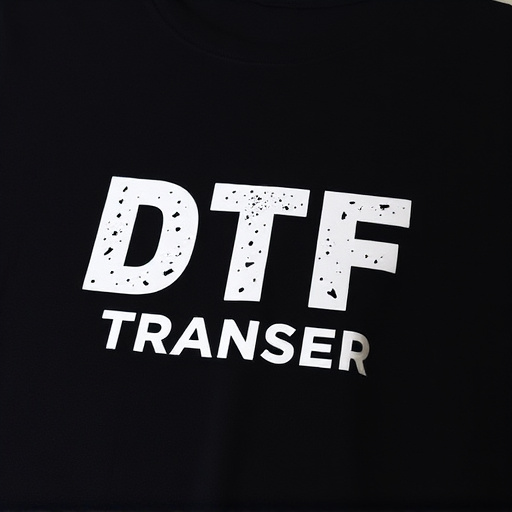
When considering direct-to-film (DTF) printing for your clothing brand, selecting the appropriate technique is pivotal to achieving high-quality prints and establishing a unique look. Different DTF transfer methods offer various advantages, catering to specific design needs and fabric types. For instance, heat press DTf transfers are versatile, suitable for a broad range of fabrics and designs, making them a popular choice among brands looking for an efficient, cost-effective solution. This method allows for intricate details and vibrant colours, ensuring your prints stand out on various clothing items.
On the other hand, DTf printing techniques like screen printing can be ideal for larger orders or custom designs with specific requirements. Screen printing excels at producing bold, durable prints on thicker fabrics, making it suitable for items like hoodies and t-shirts. Each method has its strengths, so understanding your brand’s goals and target audience will help guide your decision, ensuring you create DTF prints that resonate with customers and reflect the unique identity of your clothing line.
Quality Considerations and Best Practices for DTF Transfers
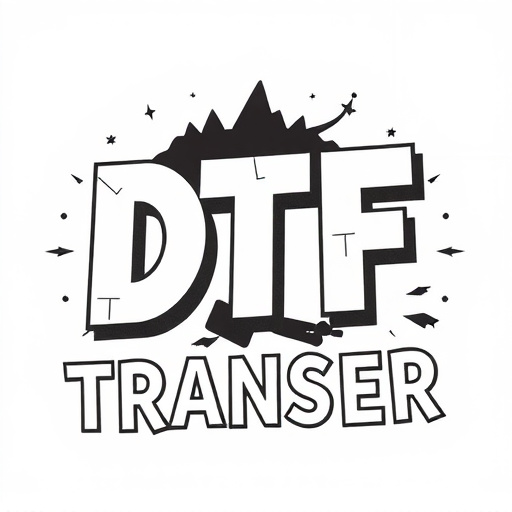
When considering Direct-to-Film (DTF) designs for clothing items, quality considerations and best practices are paramount to ensure impactful and long-lasting prints. The DTF transfer process involves applying ink directly onto fabric through a transparent film, offering several advantages such as vibrant colors and detailed designs. However, the success of this method heavily relies on the preparation of the garment and the printing technique.
To achieve superior DTF prints, start by selecting high-quality garments suitable for the process. Pre-treatment of fabrics is crucial; ensuring they’re clean, free from oils, and properly prepared according to the manufacturer’s guidelines. The choice of ink and printer also plays a significant role in outcome. High-performance DTG inks designed for fabric offer superior color accuracy and washfastness. Additionally, using printers calibrated specifically for DTF ensures consistent results across batches. Regular maintenance of printing equipment is essential to maintain optimal performance. Lastly, allow adequate cure time for the ink to set properly after application, enhancing the durability of the prints.
Integrating DTF into Your Apparel Production Workflow
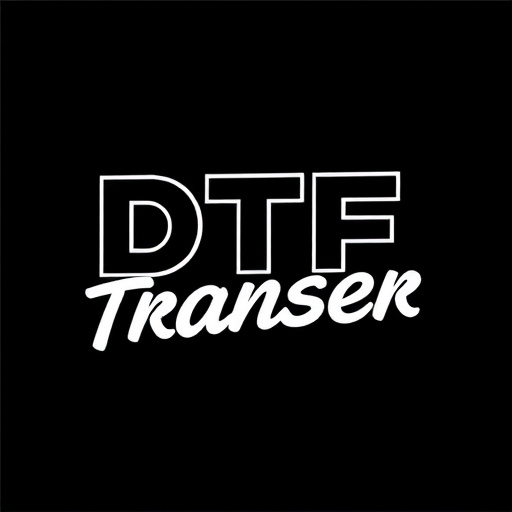
Direct-to-film (DTF) printing offers a seamless way to integrate custom designs into your apparel production process. By eliminating the need for intricate cutting and weeding, DTF allows for faster turnaround times and more cost-effective production, especially for smaller batches or unique, one-off pieces. This method involves applying ink directly onto fabric using a print head, similar to traditional printing processes, but with a focus on precision and speed. The result is vibrant, high-quality prints that can adorn a variety of clothing items, from t-shirts and hoodies to hats and shoes.
To integrate DTF into your workflow, start by designing your artwork using compatible software, ensuring it meets the required resolution and specifications for DTF printing. Then, prepare your fabric by cleaning and preparing the surface for ink adherence. Next, apply the DTF transfer onto the fabric using a heat press or roller, carefully following the manufacturer’s instructions to achieve optimal results. This process allows for creative freedom in designing apparel, enabling you to offer personalized, on-demand products while maintaining efficiency and reducing waste.
